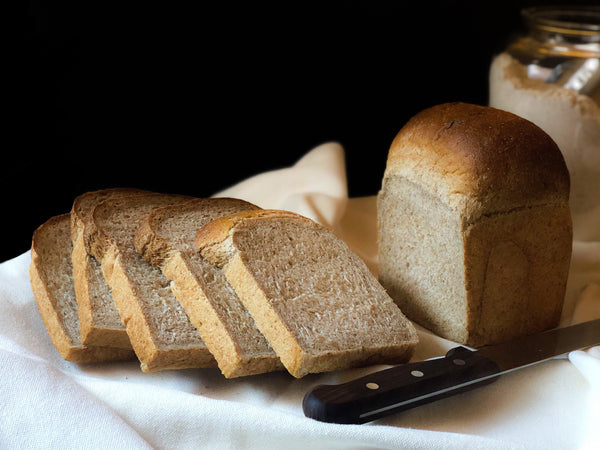
How To Make Whole Wheat Shokupan (Fluffy Japanese Milk Bread)
Shokupan, often affectionately called "Japanese milk bread," is a special bread known not only in Japan but around the world. What sets it apart is its incredible softness and a touch of gentle sweetness, taking it to a whole new level.
Shokupan is all about that super-soft texture that distinguishes it from regular bread. It achieves this amazing softness through a careful process involving something called tangzhong, which is like a flour-water mixture, and slow fermentation. The result? A bread that practically melts in your mouth and feels indulgent with every bite.
And don't forget its subtle sweetness! Unlike plain white bread, which can be pretty bland, shokupan has a nice, mild sweetness from butter and milk that adds extra flavor. This hint of sweetness makes it versatile, perfect for both sweet and savory dishes.
In Japanese culture, shokupan is a big deal. It's used for all sorts of culinary creations, from simple breakfast toast with butter or jam and peanut butter to fancy sandwiches with fresh ingredients. Its amazing texture and gentle sweetness make it perfect for making gourmet sandwiches that elevate your everyday meals. We've previously shared a recipe for the traditional shokupan recipe, but today we're going to make it with a twist.
Now, let's talk about whole wheat shokupan, a modern twist on this classic favorite. Whole wheat shokupan retains all the good stuff from traditional shokupan while adding the goodness of whole wheat flour. Unlike white shokupan, it keeps the bran and germ of the wheat kernel, making it higher in fiber and packed with essential vitamins and minerals.
Whole wheat shokupan has a delightful nutty flavor that complements its softness, making it a hit with both traditional bread lovers and those looking for a healthier option. It's like shokupan decided to take a wellness journey without losing its charm.
So, by trying out the healthier whole wheat version, you're savoring a slice of Japanese food culture and embracing the world of delicious bread.
Overview
Prep time: 3hrs 50mins
Cook time: 50 mins
Total time: 4hrs 40mins
Total servings: 10
Difficulty: Difficult
Ingredients
- 600 g Whole Wheat Flour
- 26 g White Sugar
- 10 g Salt
- 300 ml Whole milk
- 80 ml Water (may need slightly more depending on the humidity of your environment)
- 20 g Unsalted Butter
- 6 g Dry Yeast (or instant yeast)
- 1 Tbsp Warm Water (Body temparature)
Expert's Tip

Instructions
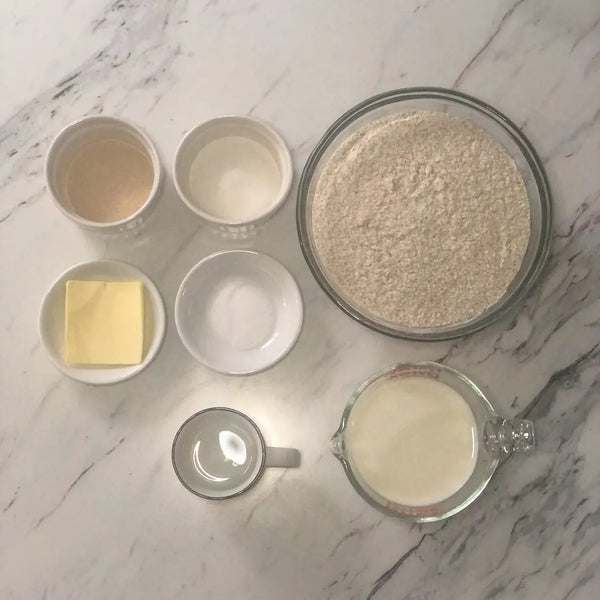
1) Gathering the Ingredients & Advanced Preparations
2) Mixing the Dough Ingredients
3) Kneading the Dough & First Fermentation
4) Re-Rolling the Dough & Second Fermentation
5) Dividing Up the Dough
6) Shaping the Dough & Final Fermentation
7) Baking the Bread
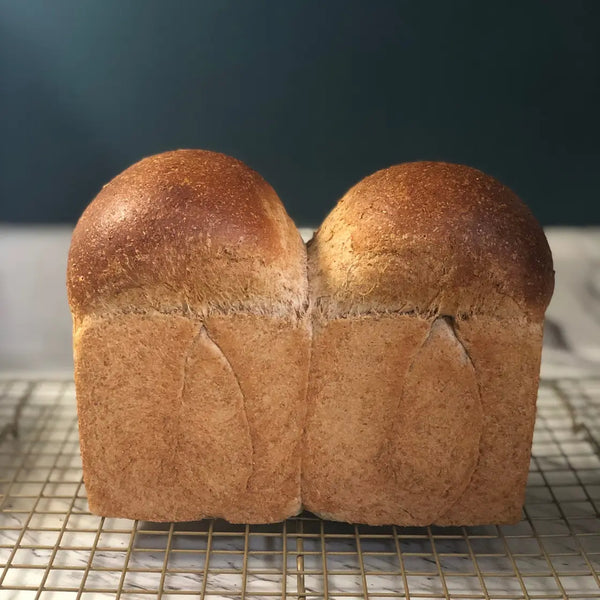
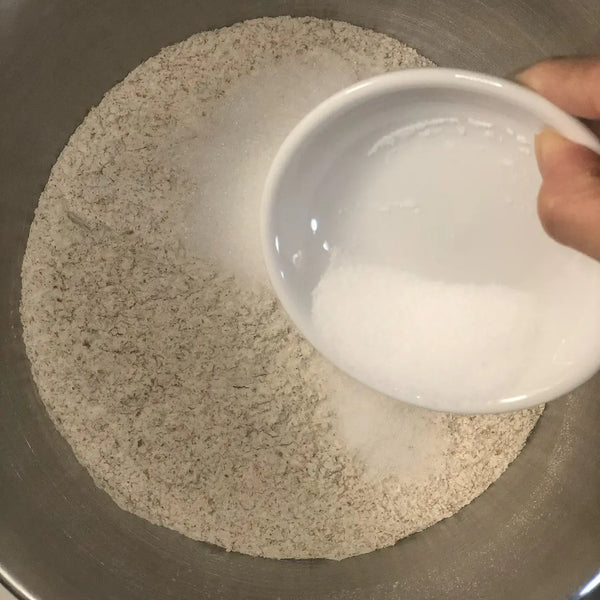
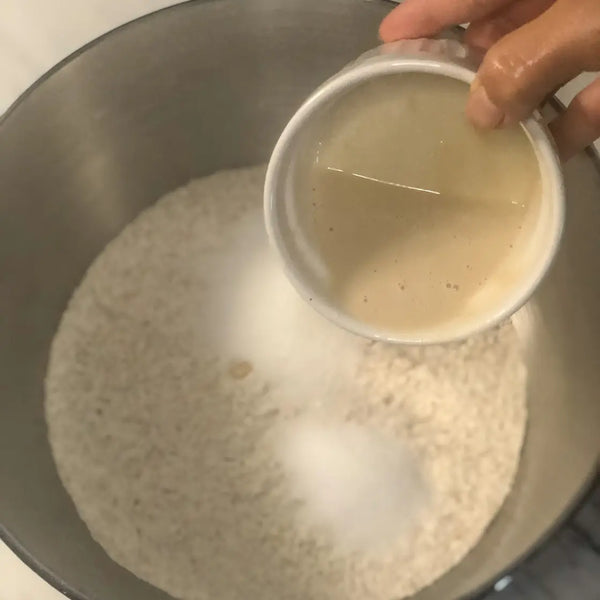
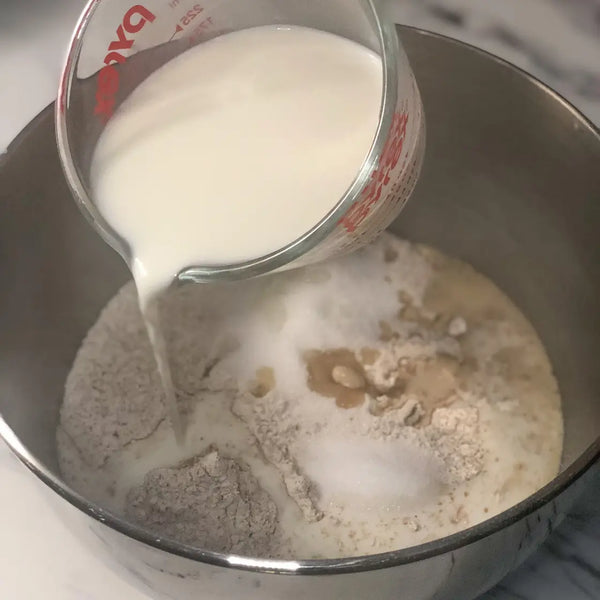
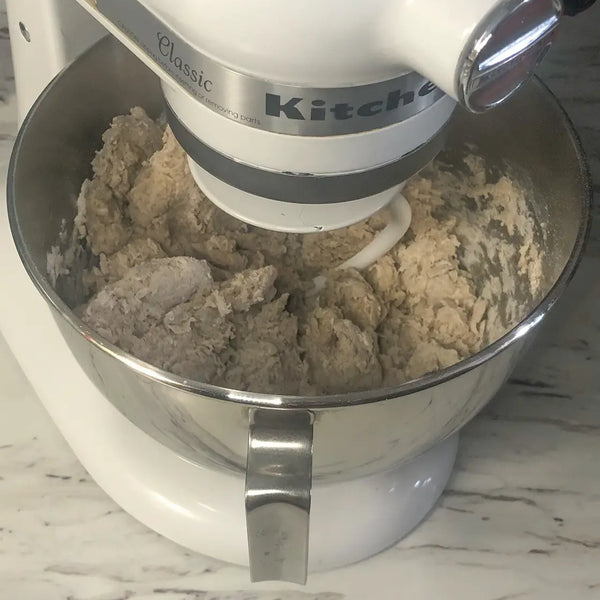
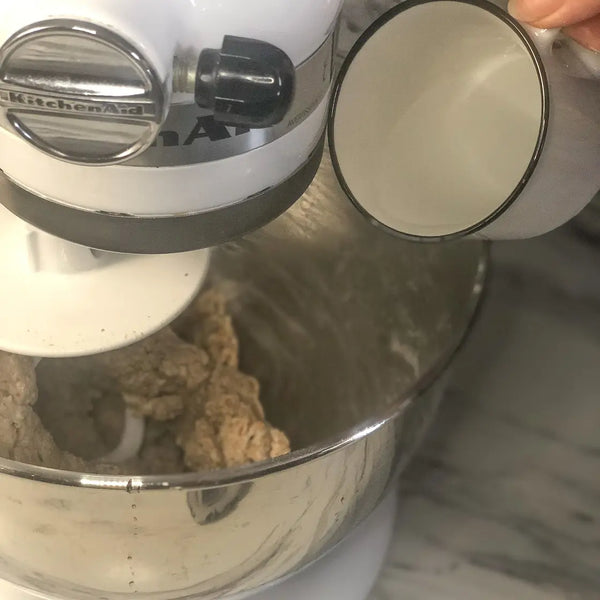
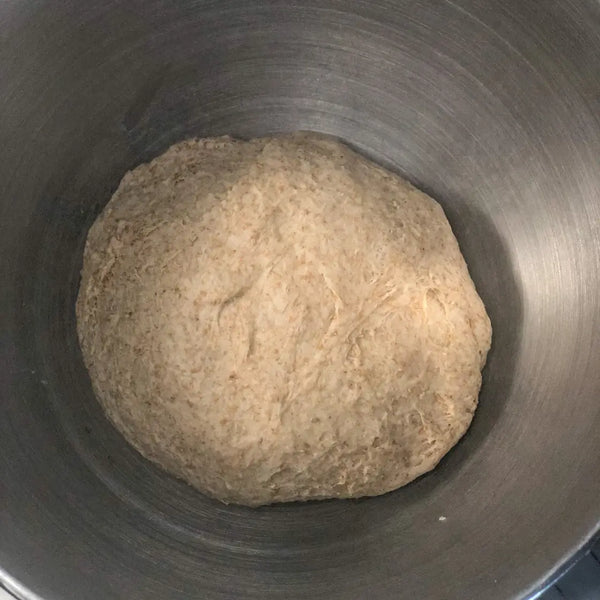
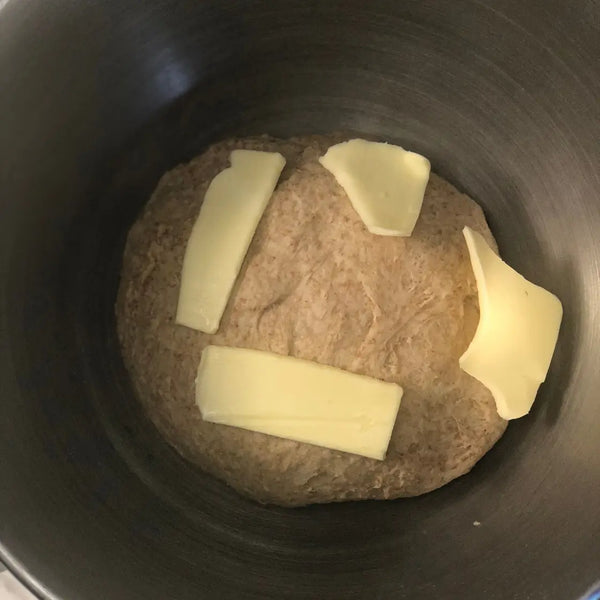
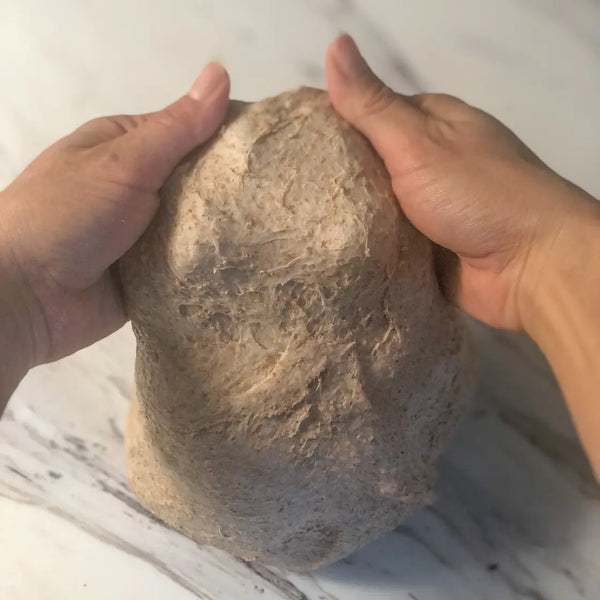
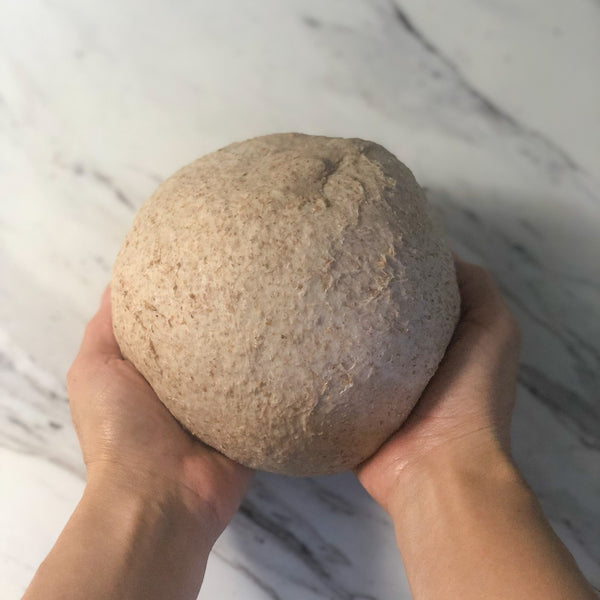
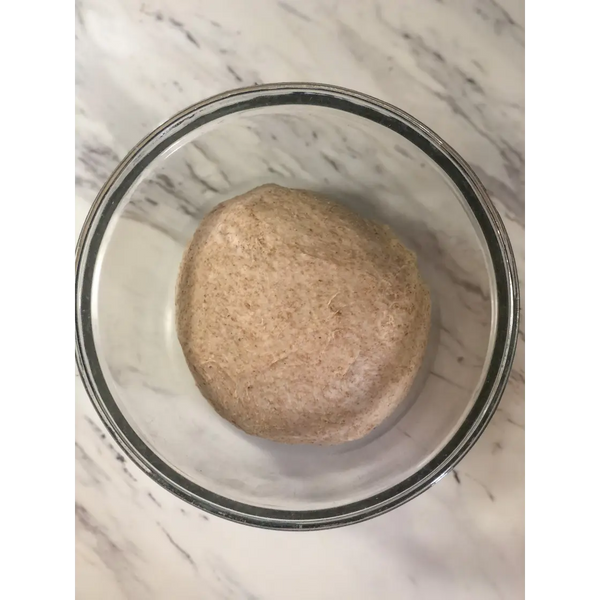
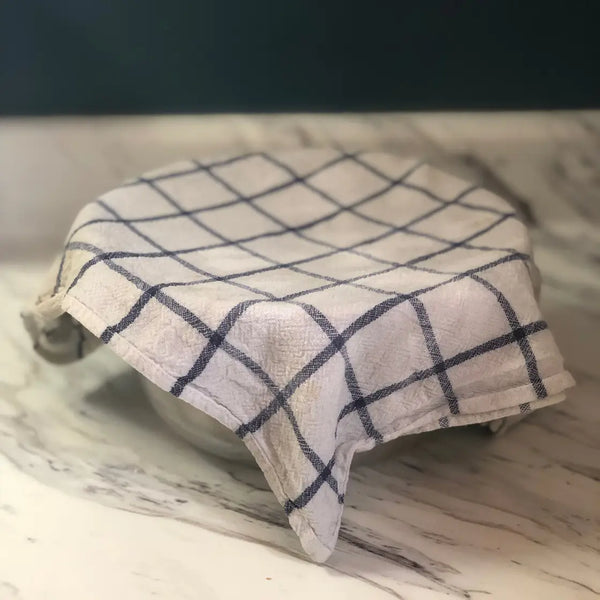
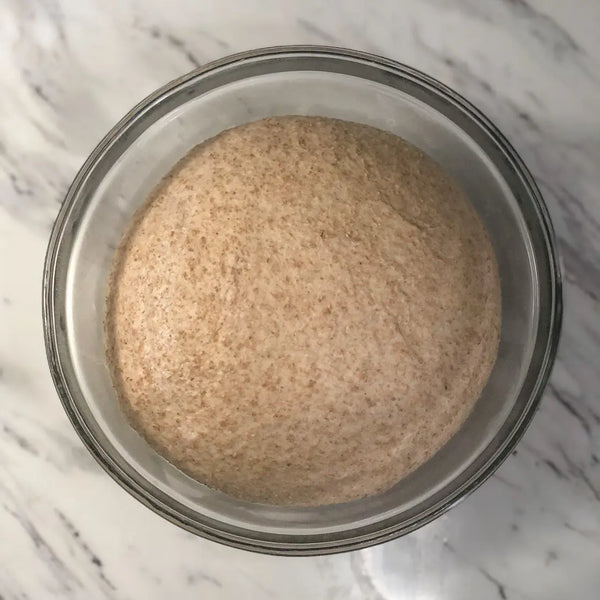

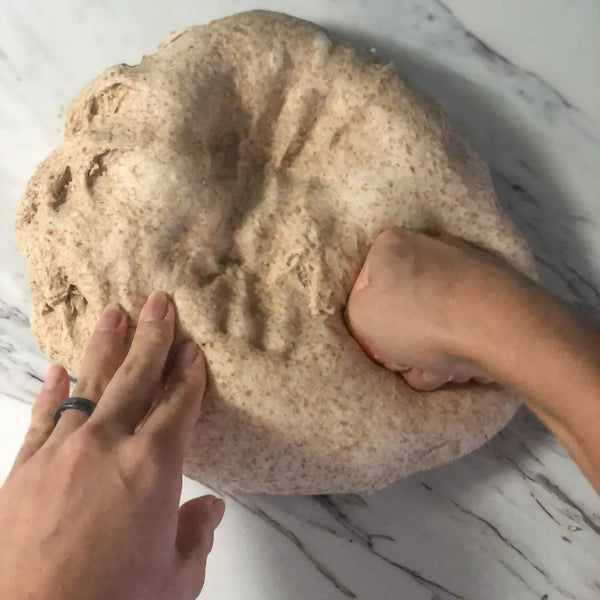
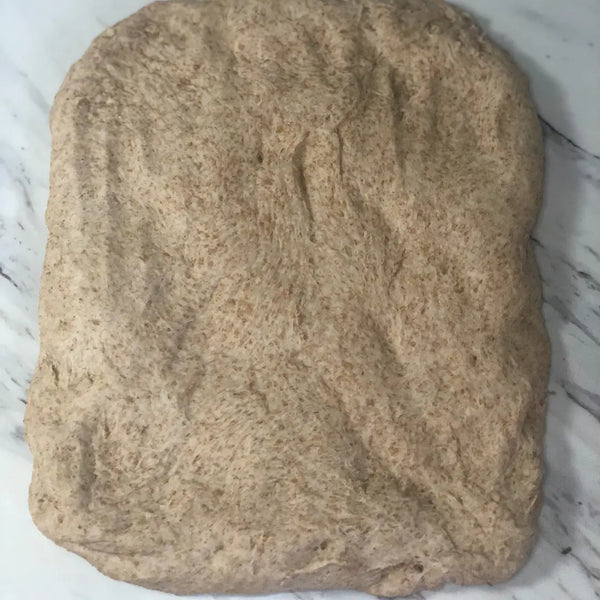
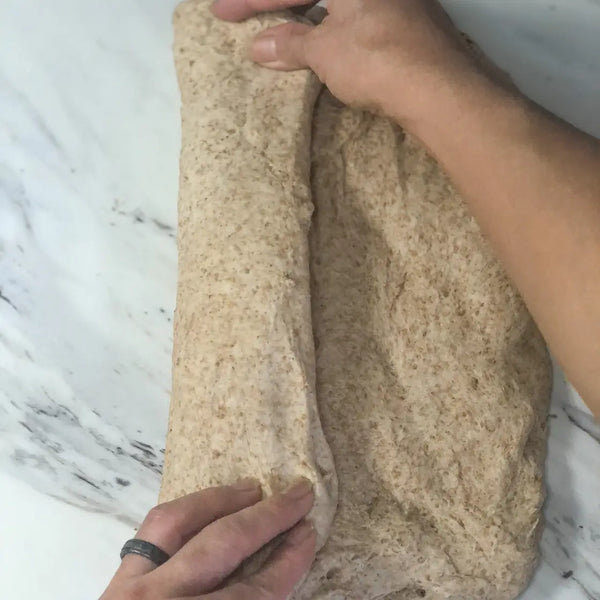
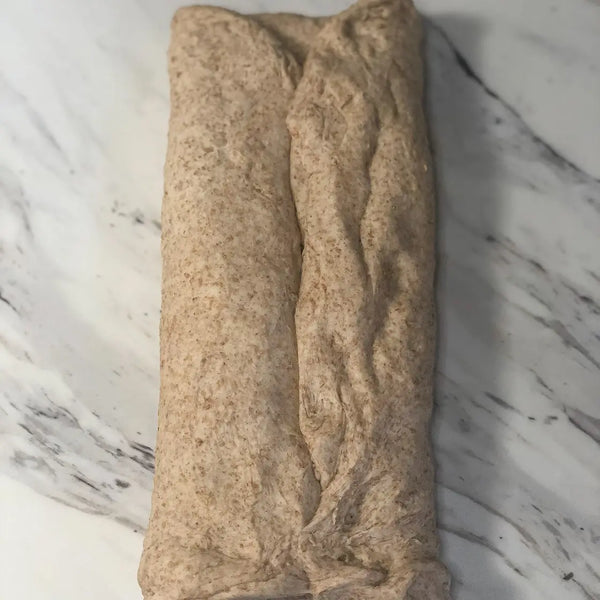
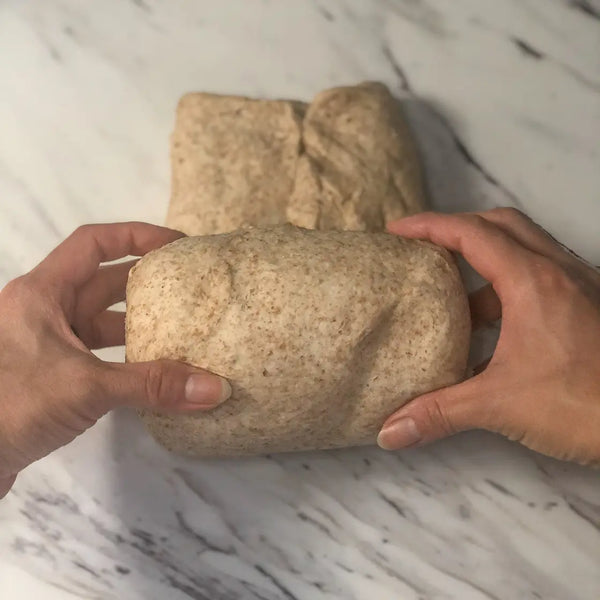
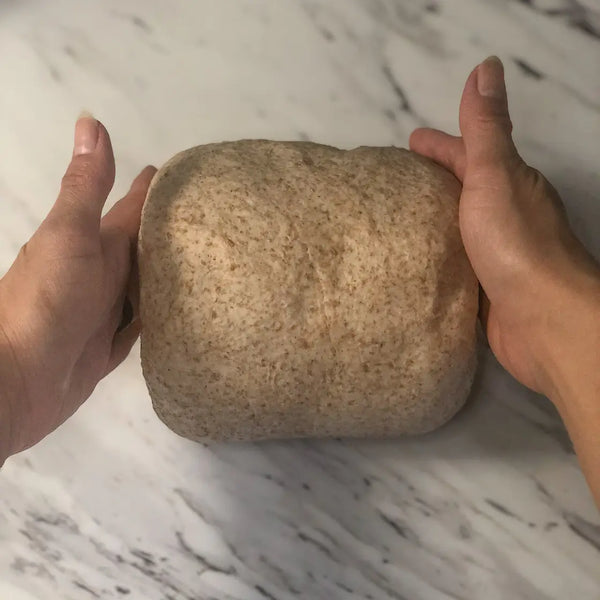
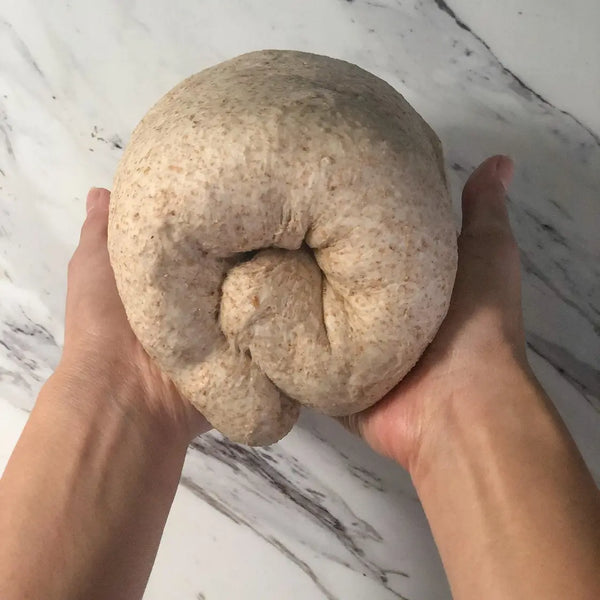
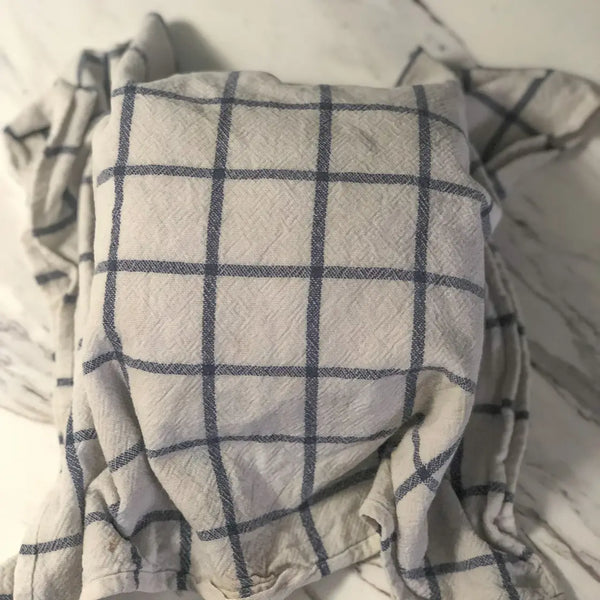
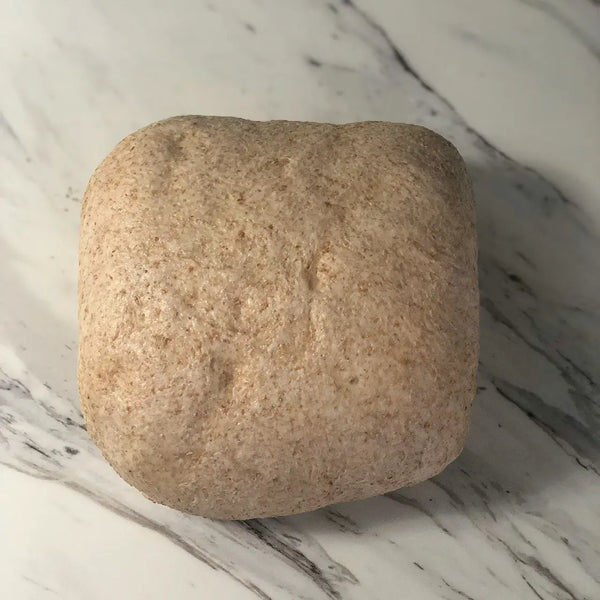
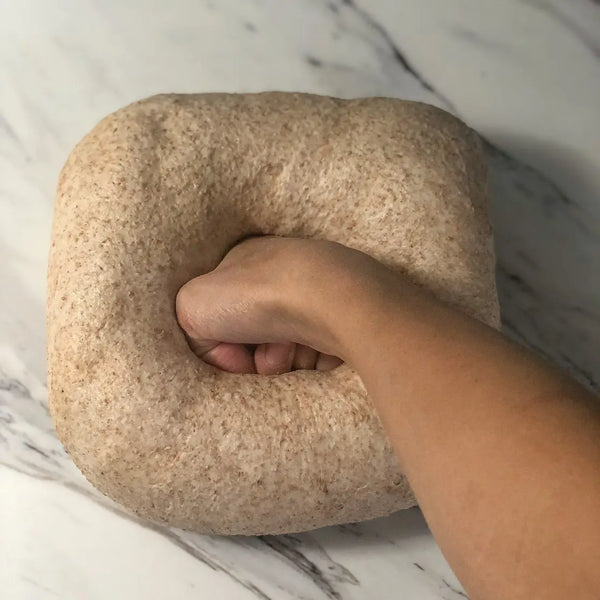
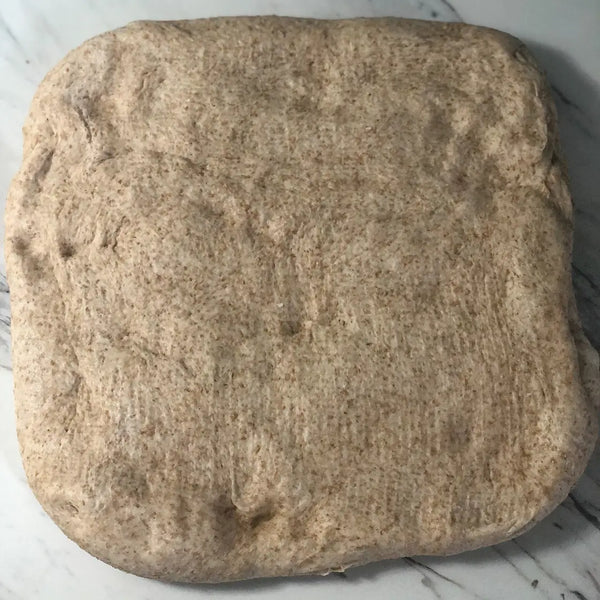
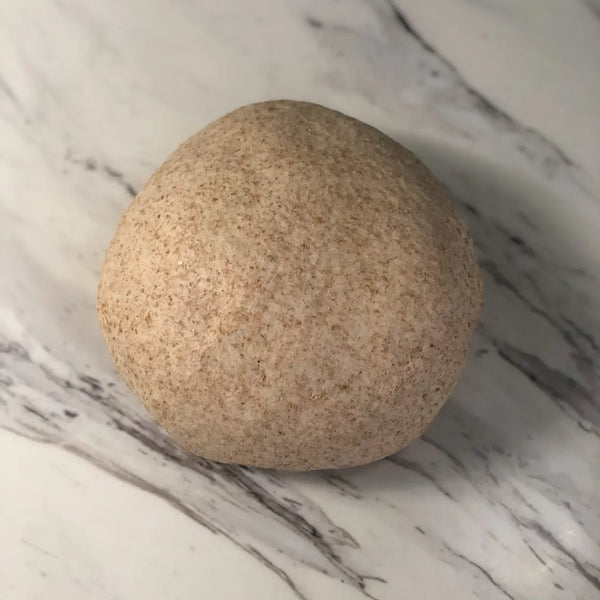
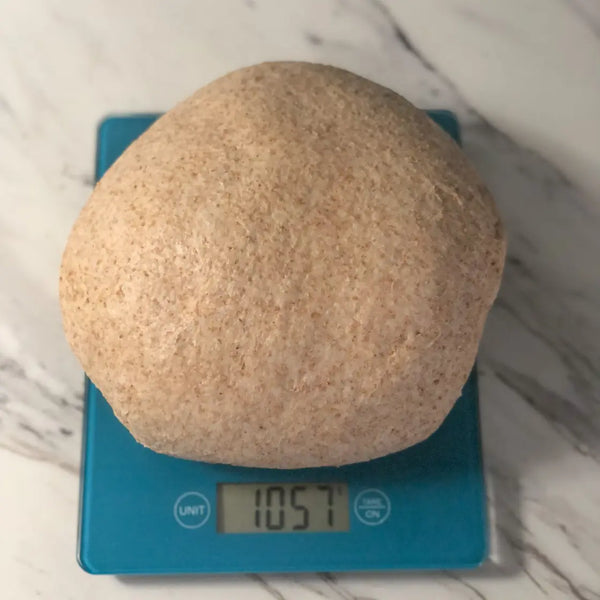
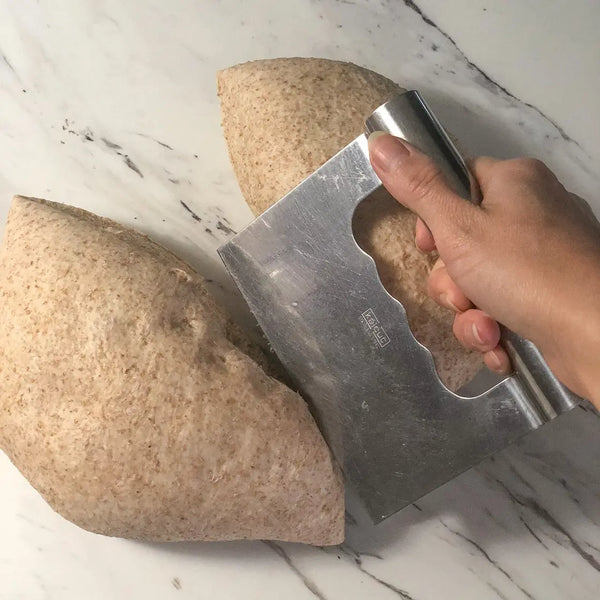
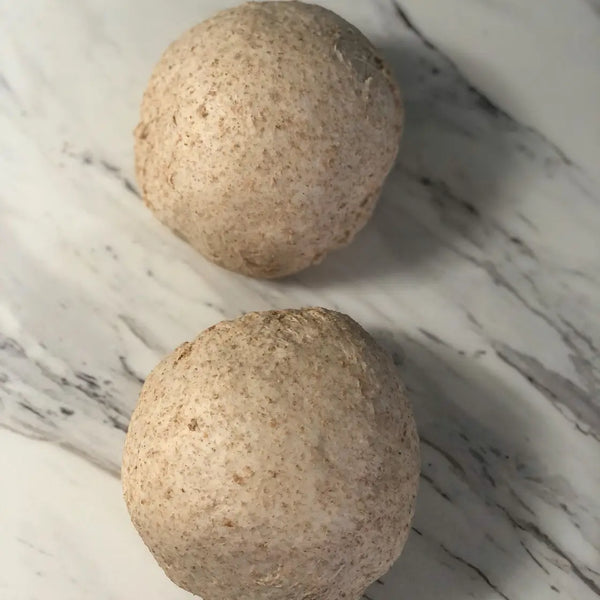
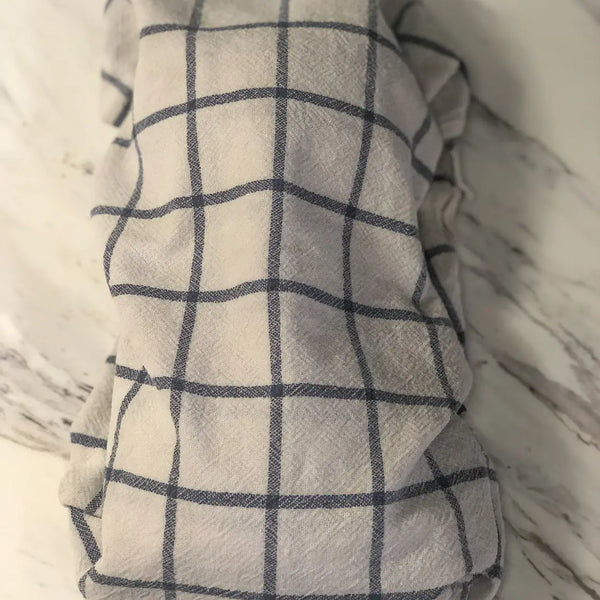

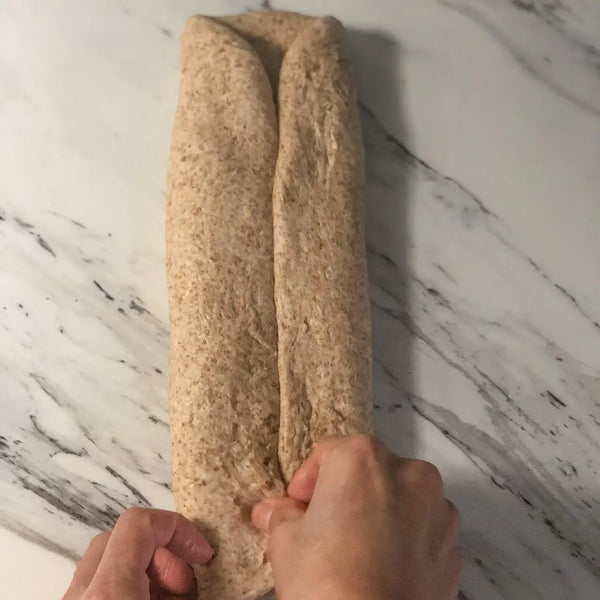
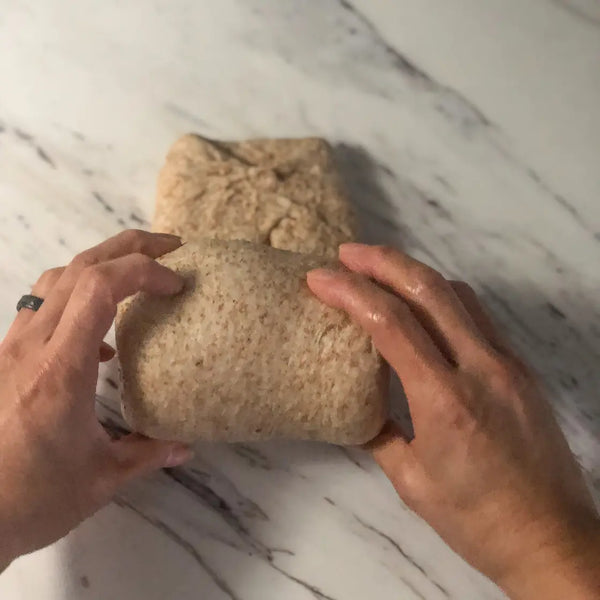
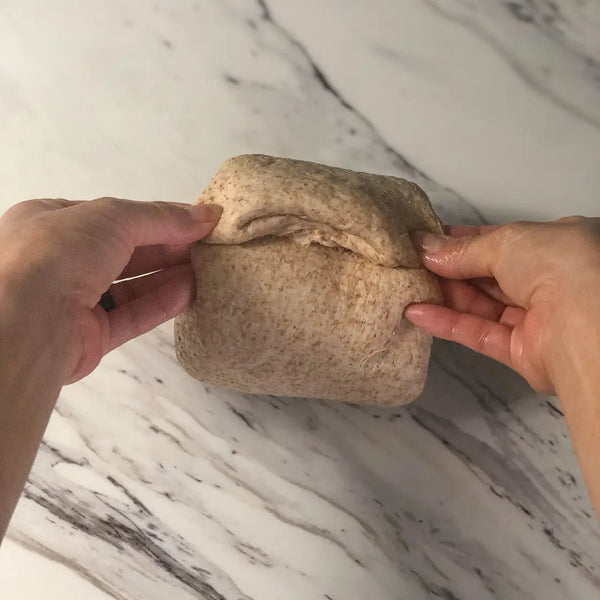

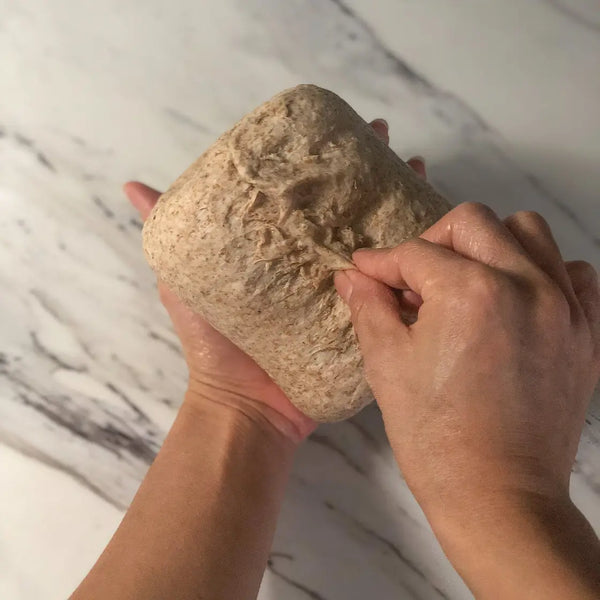

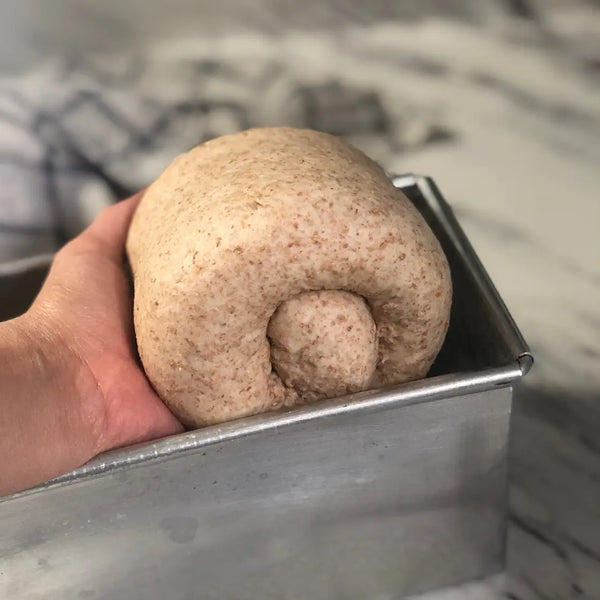


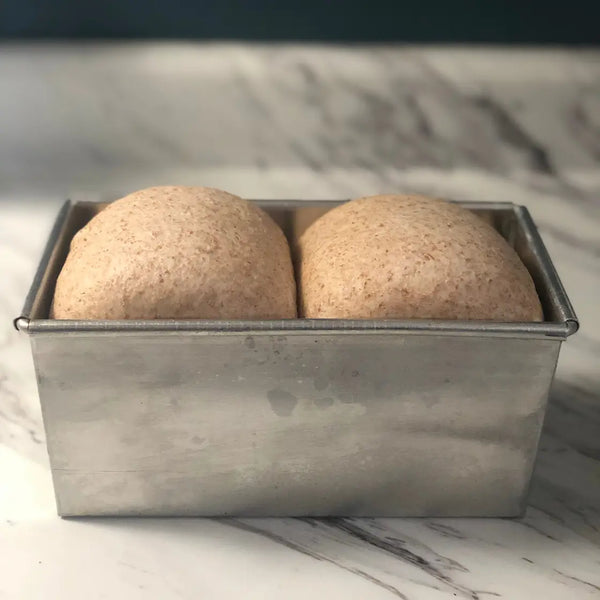
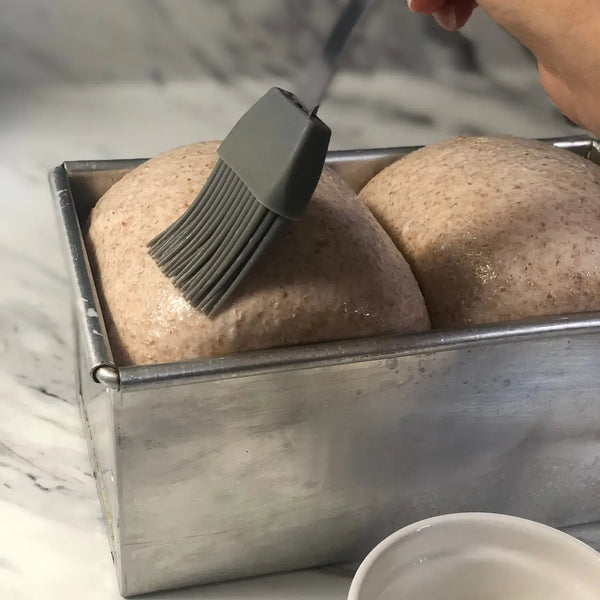
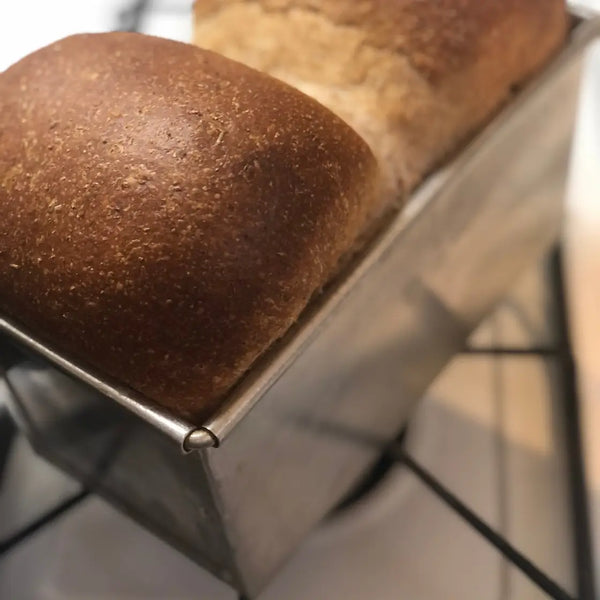
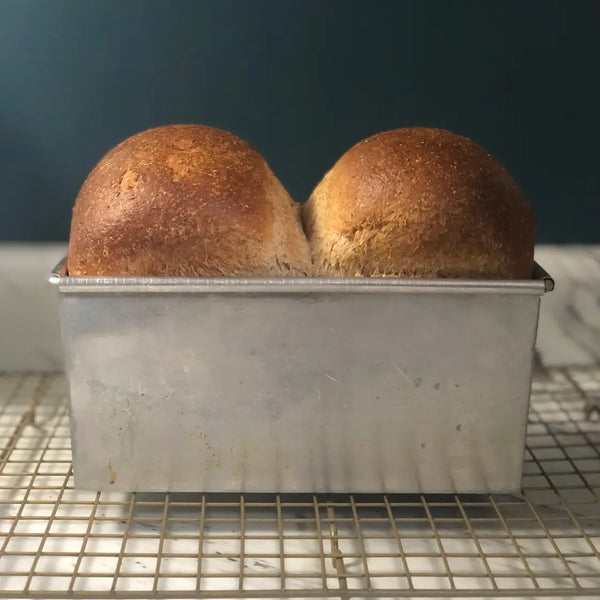

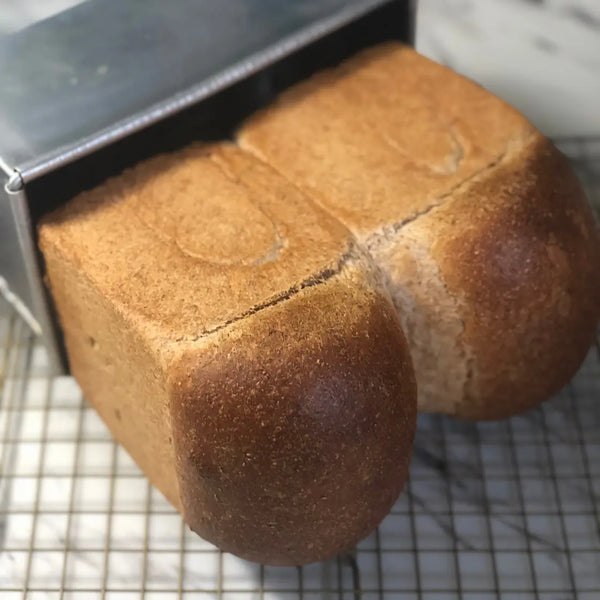

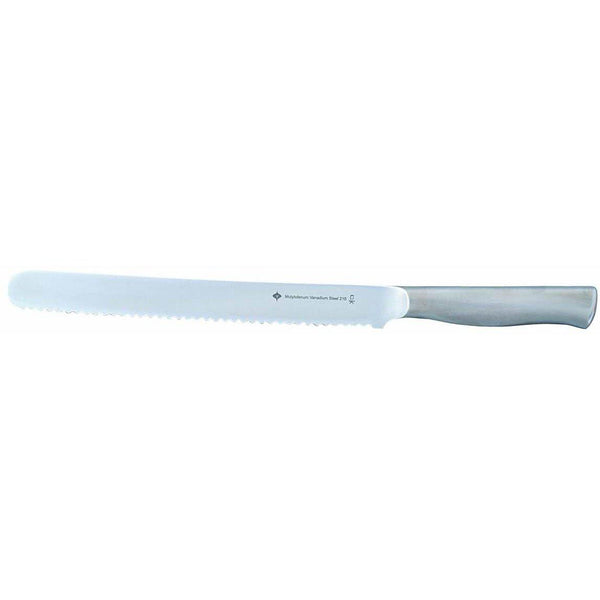
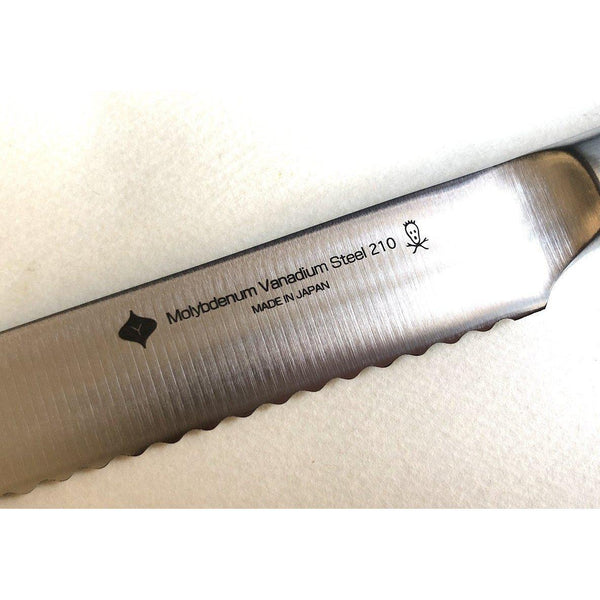
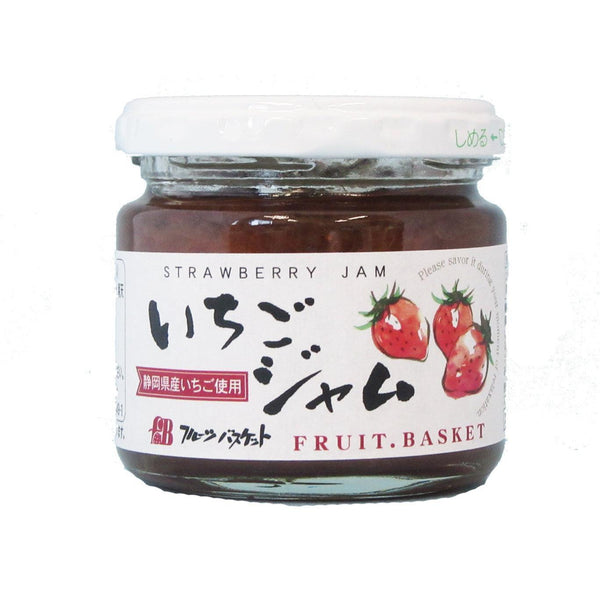
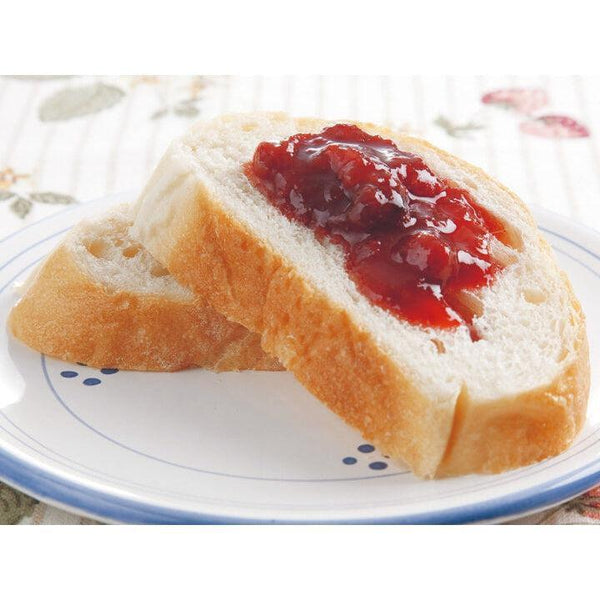
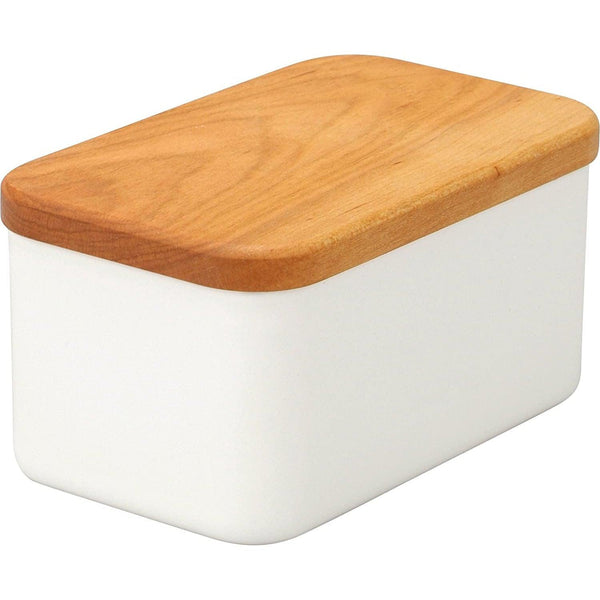

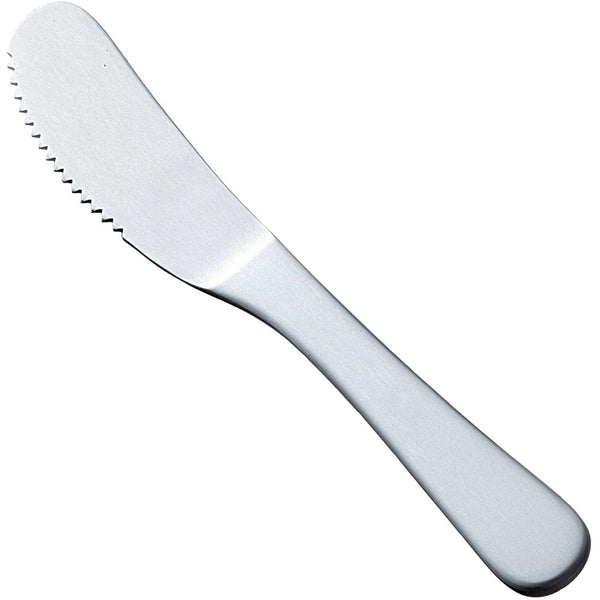
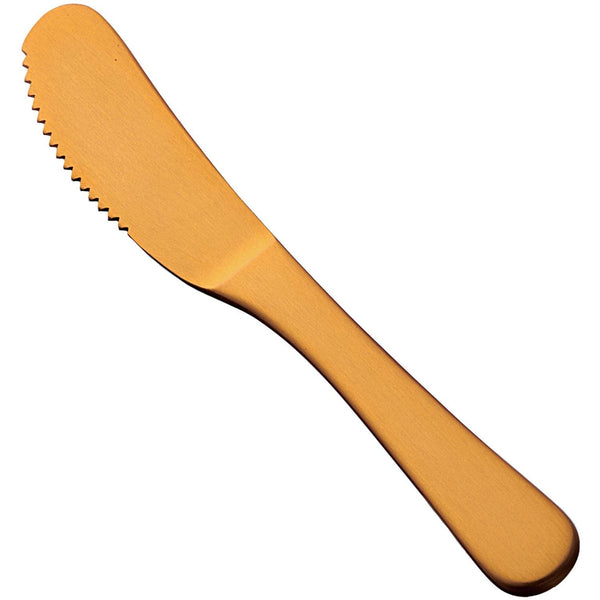
0 comments